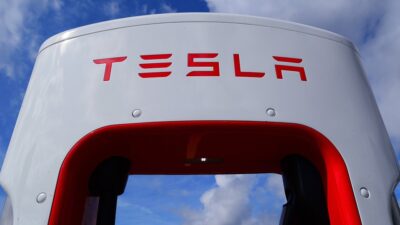In recent years, the agricultural sector has witnessed a transformative shift known as smart farming. This innovative approach employs advanced technologies to increase productivity, improve crop quality, and ensure sustainable practices. As the global population continues to rise and climate change presents numerous challenges, smart farming emerges as a beacon of hope for achieving food security and optimizing resource use.
What is Smart Farming?
Smart farming, also known as precision agriculture, involves the utilization of various technological tools and practices to enhance the efficiency of farming operations. It encompasses an array of technologies such as drones, sensors, IoT (Internet of Things) devices, machine learning, and data analytics. By integrating these tools, farmers can monitor and manage their resources more effectively, ultimately leading to higher yields and reduced environmental impact.
Key Technologies Driving Smart Farming
-
Drones and Aerial Imaging: Drones equipped with cameras and sensors facilitate aerial imagery, enabling farmers to gather data on crop health, soil conditions, and pest infestations. This technology allows for timely interventions and precise application of inputs such as fertilizers and pesticides.
-
IoT Sensors: Internet of Things sensors can be deployed throughout the farm to monitor soil moisture, temperature, humidity, and nutrient levels. Real-time data collection helps farmers make informed decisions about irrigation, fertilization, and harvesting, significantly increasing efficiency.
-
Big Data and Analytics: The integration of big data analytics transforms the way farmers approach crop management. By analyzing vast amounts of data, farmers can identify patterns, forecast yields, and optimize inputs based on historical performance and current conditions.
-
Autonomous Machines: Tractors and harvesters equipped with GPS and automation capabilities can operate without human intervention. These machines enhance precision in tilling, planting, and harvesting, reducing labor costs and minimizing soil disturbance.
- Blockchain Technology: Blockchain ensures transparency and traceability in the food supply chain. From seed to shelf, consumers can verify the origin of their food, enhancing trust and promoting sustainability.
Benefits of Smart Farming
1. Increased Yield and Productivity
Smart farming technologies lead to optimized resource use, promoting higher crop yields. By targeting areas that require intervention, farmers can apply water, fertilizer, and pesticides more efficiently, reducing waste and maximizing output.
2. Sustainability
With decreased reliance on chemicals and better resource management, smart farming contributes to sustainable agricultural practices. By monitoring environmental conditions and making data-driven decisions, farmers can protect ecosystems and enhance biodiversity.
3. Cost Efficiency
Though the initial investment in smart farming technologies can be significant, the long-term savings make it worthwhile. Enhanced efficiency leads to lower operational costs, reducing waste and increasing profitability for farmers.
4. Risk Mitigation
Climate change and unpredictable weather patterns pose risks to traditional farming. Smart farming helps farmers adapt to these changes through precise data on weather forecasts, soil health, and crop performance, allowing for timely and informed decisions.
5. Improved Food Security
By leveraging technology to increase yields and minimize waste, smart farming plays a crucial role in addressing the escalating challenge of food security. As the demand for food grows, these technologies can help ensure that agricultural production keeps pace.
Challenges to Implementation
Despite the clear advantages, the transition to smart farming is not without challenges. The cost of technology can be prohibitive for small-scale farmers. Additionally, there is a need for agricultural education and training to ensure that farmers are equipped to use these new tools effectively. Data privacy and security concerns also present significant hurdles, as the connected nature of smart farming systems raises questions about the protection of sensitive information.
Conclusion
The rise of smart farming signifies a new era in agriculture, where technology and data-driven insights empower farmers to enhance productivity, sustainability, and food security. As these technologies continue to evolve, they have the potential to revolutionize farming practices worldwide. By embracing innovation, the agricultural sector will be better equipped to meet the demands of a growing population while safeguarding the planet for future generations. The journey towards a sustainable and technologically advanced agricultural future has begun, affirming that the future of farming is indeed smart.


